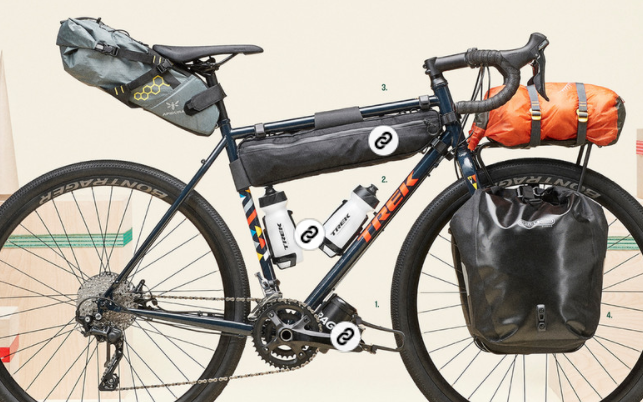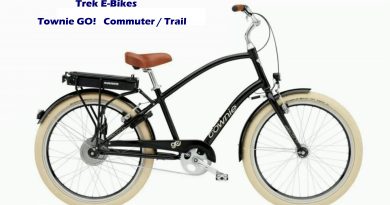Top Winter E-Bike Riding Tips
Riding and Storing Your
E-Bike During Winter
Good Winter E-Bike Riding Advice From Juiced Bikes
Even in the midst of winter, it’s still bike weather for some. The lucky ones enjoy being in these parts of the world. So if you’re located in snow or ice territory, you can still take a fat tire, e-bike out for a ride. Just be sure you take this useful advice about how to maintain an E-bike.
Dress the Part
You obviously need to dress warmer, with bright reflective clothing. Wearing layers and gloves is important (there are heated gloves.) Take along a stocking cap under your bike helmet. Beyond covering your skin to protect it from scrapes, you need to foil the wind chill of riding and not get sweat chills by donning something that wicks moisture.
Winterize your E-Bike
Your E-bike needs to be prepared, too. For instance, do some preventative care. Cleanup is better when you first apply a anti-rust spray to the spokes and chain before you take the bike outside.
Then change your tires to studded models for hard-packed snow and ice, or fat tires for softer snow. Snow tires for bikes have different tread patterns and requiring different tire pressure. After each ride, you’ll need to clean the salt, sand and gravel off of the bike frame and then store the bike in a dry place. A garage or shed is ideal, or else you are carrying it inside your home. I park on a large dog bed to protect my floor from scratches and drippings.
Cold vs Batteries

Then there’s the lithium ion battery: Cold weather abbreviates the charge by roughly 15 percent, so make sure that you charge the battery in a place with a temperature above 32 degrees or you risk damaging the cells. Once you do take the bike out keep it warn until you’re ready to ride. If it is already frozen , turn on the battery and let it sit for a little while, to warm up naturally. Don’t heat it up with a hair dryer or heater.
Finally, be careful to know your ability riding in snow. Newbies should take a test ride without the motor on at first, just to get a feel for the terrain. Know that e-bikes with front-wheel drive tend to perform better in snow, because they pull the rider forward for a straighter ride, and become a two-wheel drive when you pedal.
Rear-wheel drive models get less traction and tend to spin out more in snow and slush. Regardless, make sure your headlight, rear light and helmet light are on while you’re riding. And drive more slowly than you would in the summer.
Also, lowering your seat will help keep your feet closer to the ground, which in turn helps stabilize the bike more in slippery conditions. Speaking of, if you come to a slippery area, you can boost your stability by not pedaling — hovering your feet close to the ground in case a tire slips.
Remember too, when riding an e-bike your speed can easily exceed that of a regular bike, especially if yours has a throttle. So slow down. And expect hazards: Bike lanes get narrower or even disappear, as cars protrude from the curb due to snow banks; car windshields are often filthy; and with fewer bicycles on the road, drivers don’t pay as much attention.
When you get home, clean off the bike with a damp cloth and then dry it. Winter rides mean your bike will likely get dirtier than in warm weather — due to salt or sand on the roads that was dropped to melt ice. You’ll likely notice that the dirt splashed up into hard-to-reach crevices — which can accelerate rusting unless you’re on top of the situation.

If you decide to just store the bike during winter and wait for warmer days ahead, it’s a good idea to follow a few steps. First and foremost, store your e-bike indoors — preferably in a dry area of your home. Next, wipe it off with a soft cloth. You can use a bike-specific cleaner, too — see what product your local bike dealer suggests.
With all the water and moisture in the air during winter, your e-bike is more susceptible to rust. Thus, get a can of Rust Check at an automobile supply store and spray it where every spoke meets the wheel. It helps prevent build-up of salty water. But make sure you avoid spraying it on electronic components.
You also want to lubricate the chain and any moving metal parts, with a bicycle-specific lubricant. Next, remember to store the battery indoors — preferably removing it from the bike for this prolonged period. Left in the cold, it becomes less efficient and loses power.
And leave it below a 90 percent charge — it will last longer when it’s not stored for a long time at full charge. Finally, check all wires, cables and brake parts for damage, replacing or repairing any in need now — so that your bike is ready to go full speed ahead the next time you are.





